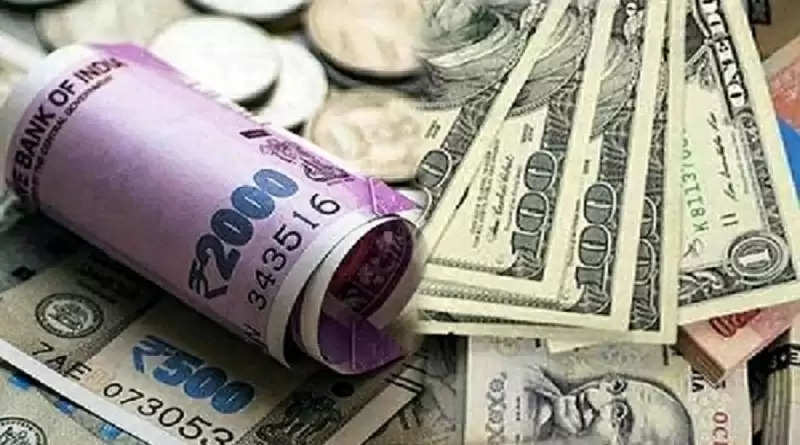The rupee falls from Rs 73.21 to Rs 77.62 versus the US dollar! Here's how it will affect your own finances.
Here's how the rupee's depreciation versus the dollar affects your personal finances.

In basic terms, you needed Rs 64 to buy a dollar in 2017, but now you need Rs 77, indicating a weaker INR. This also reveals that the INR has declined by over 3.75 percent versus the US dollar on an annualised basis. A stronger Rupee implies you'll need less money to buy dollars than you did previously.
falling or becoming weaker In addition to having both good and bad repercussions for the economy, the rupee has a direct and indirect influence on our own finances. While exporters benefit when the INR falls, because India is predominantly an importer, the impact of a weak INR is greater.
Imported items have gotten more pricey.
An indirect effect is that certain items become more costly, resulting in inflation. When the INR falls in value, imported commodities become more costly, and because India is a large oil importer, this has a broad influence on other items as well. Rising inflation is being caused in part by the dropping INR. Even foreign components utilised in consumer items are rising in price, raising the overall cost of goods.
Borrowing costs rise
This is also an indirect effect because your loan EMI increases at a time when the INR is weakening. When inflation rises, the RBI uses mechanisms such as the repo rate to try to control it. Interest rates rise when the repo rate rises, resulting in greater borrowing costs. Both companies and retail borrowers will face higher borrowing rates and EMIs than previously.
Your international education is becoming increasingly pricey.
Sending USD for international schooling will get pricey unless you have INR stowed in a foreign account. Students studying abroad should preferably hold dollars in foreign bank accounts as a hedge against declining INR.
International vacations
Traveling abroad with your family will become more expensive. When you convert INR for dollars, whether through banks or credit cards, there will be a greater outflow of rupees if the dollar has gained strength.
How to Guard Against a Weaker Rupee
Long term, the INR has depreciated versus the dollar, and the trend may take time to reverse. If international schooling for your children is on your radar, invest in US equities or store funds in a foreign bank account. The Reserve Bank of India's (RBI) Liberalised Remittance Scheme governs remittances overseas (LRS). Under the Liberalised Remittance Scheme, all resident people, including minors, are permitted to send up to USD 2,50,000 every fiscal year (April – March) for any eligible current or capital account transaction, or a combination of the two.
.png)